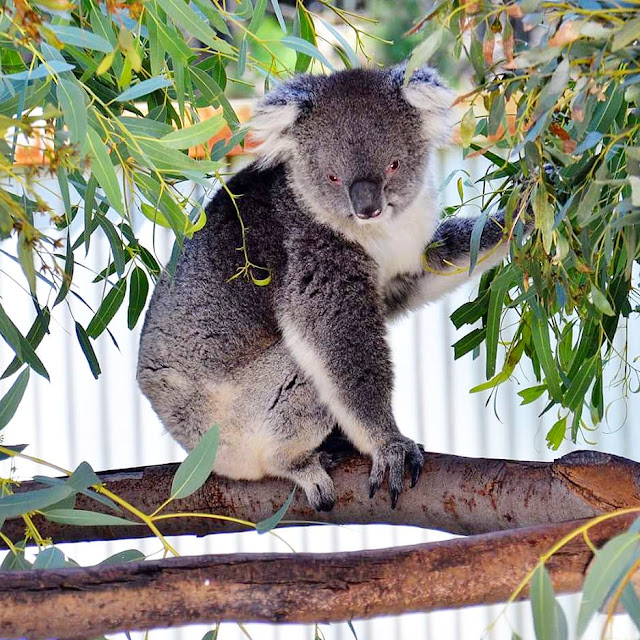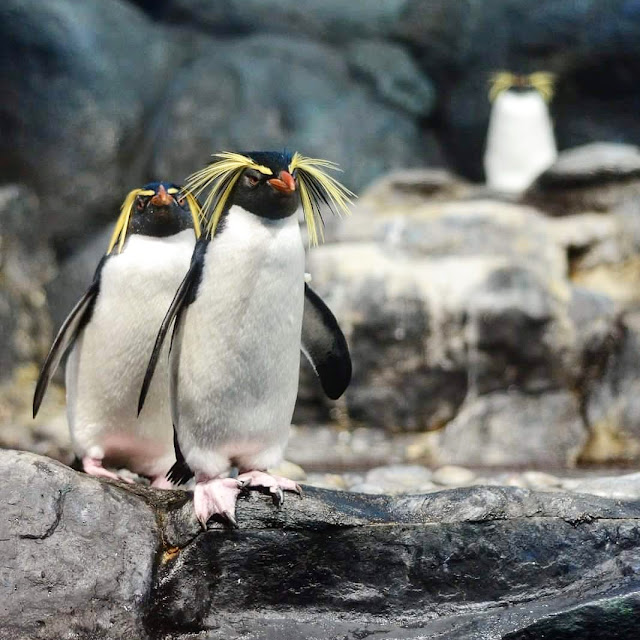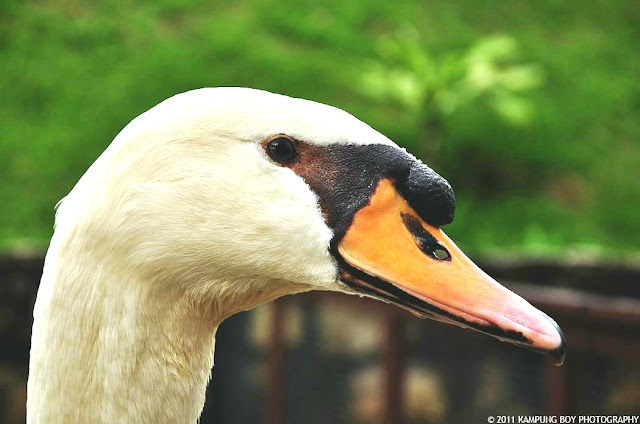Stingray

Photo by Fadzil Hisham Stingrays are a group of sea rays, which are cartilaginous fish related to sharks. There are about 220 known stingray species, many species are endangered. Stingrays are commonly found in the shallow coastal waters of temperate seas. They spend the majority of their time inactive, partially buried in sand, often moving only with the sway of the tide. The stingray's spine, or barb, can be ominously fashioned with serrated edges and a sharp point. The underside may produce venom, which can be fatal to humans, and which can remain deadly even after the stingray's death.







